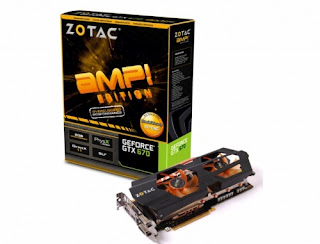Among the various changes that Windows 8 will bring along when compared to previous platform versions, Microsoft included a new NTFS health model, complemented by a redesigned tool for disk corruption detection and fixing, none other than the chkdsk utility.
Whenever disk corruption occurs, Windows must isolate and resolve them, so as to continue to offer access to data on the disk. When launched, the NTFS file system would bring a simple approach to this, through looking at the file system volume as being either healthy or not.
Provided that errors had been found, the drive would be taken offline to fix them, and access to files would be denied for as long as it was necessary to bring the volume back to a healthy state. The problem was that the process could take a lot of time, depending on the number of files on disk. In Windows Vista and Windows 7, chkdsk’s speed was increased, but it was offset by the release of higher capacity drives, which had a larger number of files on them.
In Windows 8, a new health model of NTFS was introduced, as well as a new manner in which corruptions are fixed, so that downtimes would be minimized. Not to mention that the new ReFS file system does not need an offline chkdsk to repair corruptions.
The new health model comes with online self-healing, which involves a larger number of errors being fixed online, thus reducing the need for chkdsk. There is also a new online verification tool included in the platform, designed to check whether the corruption indeed occurred on disk and that it is not a memory issue.
“This new service runs in the background and does not affect the normal functioning of the system; it does nothing unless the file system driver triggers it to verify a corruption,” Senior Program Manager Kiran Bangalore, Windows core storage and file systems, explains in a blog post.
Additionally, Windows 8 comes with online identification and logging, which will also run in the background. Through precise and rapid correction (Spot fix), drives are taken offline only for a few seconds, at user’s convenience.
“On Windows Server 8 systems with cluster shared volumes, we’ve eliminated this downtime completely. With this new model, chkdsk offline run time is now directly proportional to the number of corruptions, rather than being proportional to the number of files as in the old model,” Bangalore notes.
File system health state in Windows 8
Windows 8 was designed to display the state of the file system via various interfaces:
Action Center – The health of the drive is most visible in the Action Center as the “Drive Status” (see figure below), which tells you when you need to take an action to bring the volume to a healthy state.
Explorer: The health state is also exposed in Explorer, under Drive properties.
PowerShell: You can also invoke the chkdsk functionality using a new cmdlet in PowerShell, REPAIR-VOLUME, which can be helpful for remote management of file system health.
Server Manager: In Windows Server, you can also manage the volume health states directly from the server manager utility.
In the new file system health model, there are four states in which a file system could find itself: Online and healthy, Online spot verification needed, Online scan needed, and Spot fix needed. The first three states do not require action from user. However, if a fix is required, the user has to restart the Windows 8 machine to resolve the problem. Due to the optimization of the process, however, only a few seconds will be added to the normal restart time of the machine.
“For more advanced users who want to avoid restarting their system to fix a non-system volume corruption, they can open the Properties dialog for the affected volume, and on the Tools tab, they’ll see an option to check the drive for file system errors,” Bangalore explains.
Basically, Windows 8 allows users to fix corruptions in drives that are not in use without fully restarting the system.



 5/10/2012 09:08:00 PM
5/10/2012 09:08:00 PM
 dannzfay
dannzfay











































